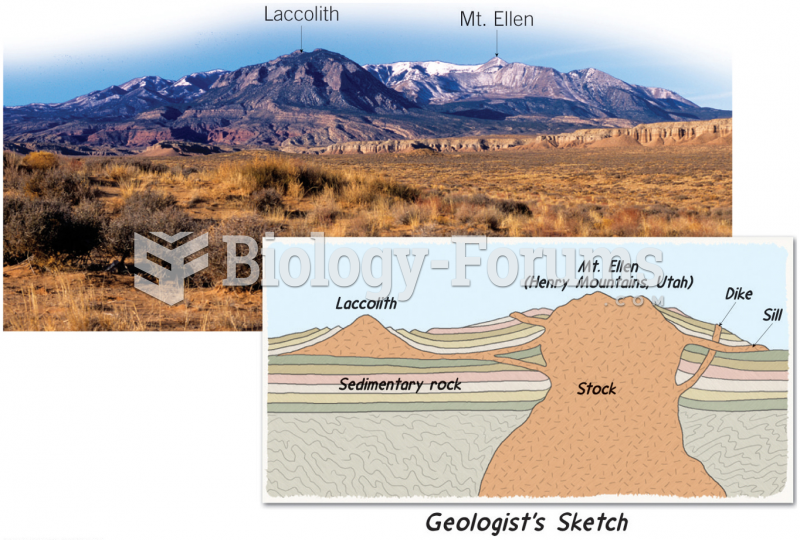Answer to Question 1
Middle (or Meso-) America (parts of present-day Mexico and South America) featured culturally and linguistically diverse populations. One of these cultures, the Maya, offer an example of Native American life. Maya civilization reached its classic phase between 250 and 900 C.E. and survived with considerable political and economic vigor until roughly 1600. Mayans constructed fortified cities consisting of elaborate palace complexes, replete with carved and painted scenes of religious ceremonies and war, as well as images of their gods: Quetzalcoatl, the creator god and Tlaloc, the long-snouted rain deity. According to the Maya, the gods fashioned human beings out of maizethe principal Native American cropbut chose deliberately to deprive them of perfect understanding.
The Maya were the only known Native American culture to produce a written language. Their ancient script, comprised of hieroglyphs, was decoded during the second half of the twentieth century. Further, the Maya became accomplished mathematicians and astronomers. Carefully observing the earth's movements around the sun, they devised a calendar that was more accurate than any used in medieval Europe before the twelfth century. Having developed a mathematical system that recognized zero, they computed planetary and celestial cycles with some accuracy, tracked the paths of Venus, Jupiter, and Saturn, and successfully predicted eclipses of the sun and moon. At the principal pyramid at Chichn Itz in the Yucatn, the ninety-one steps on each of four sides, plus the platform on which the temple stands, correspond to the 365 days in the solar calendar.
Maya culture also features a key feature of almost all Meso-American sacred precincts: an I-shaped, high-walled stone court that served as a ballpark. It was used for the performance of ceremonial games that enacted a life-and-death ritual that maintained the regenerative power of the sun, thus securing cosmic order.
Also in line with other cultures was the practice of blood sacrifice and bloodletting. We have a window into these rituals from carvings, such as the low-relief lintel from Yaxchilan in Chiapas, Mexico that shows a royal bloodletting ceremony. Such ceremonies were performed on the accession of a new king, prior to waging war, and at ceremonies celebrating victory in battle. They served to honor the gods and confirm the political legitimacy of the ruler.
Answer to Question 2
A







